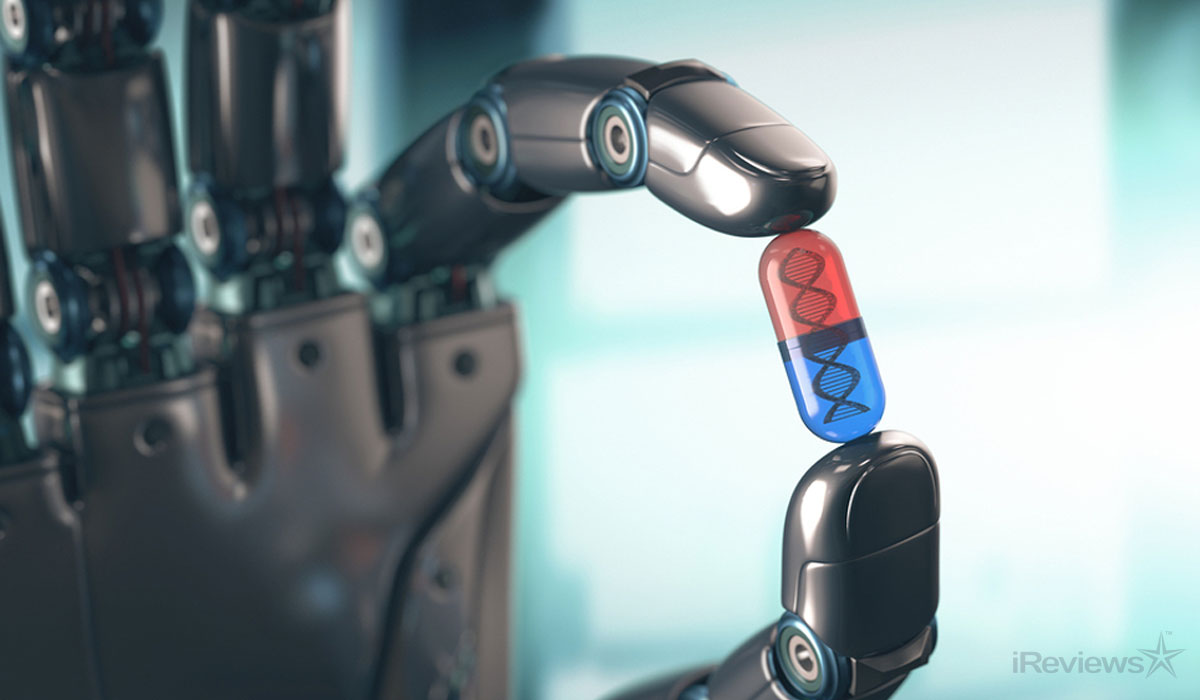
On January 9, 2020, the World Health Organization (WHO) officially launched the alert based on information provided by the Chinese authorities. What was a series of unknown pneumonia cases initially observed in Wuhan province is now identified as a new type of coronavirus whose exponential spread is turning into a pandemic. The question, since, is often repeated: could the alert have been given earlier?
And for the Canadian company BlueDot, the answer is yes; it claims to have been able to alert its customers to the spread of the coronavirus as of December 31. Its sources: press articles, Internet and aerial data.
AI to raise the alarm
By the end of December 2019, several players were indeed detecting worrying signs of contamination. For the many specialists according to whom the alert could have been given earlier, we could rely on medical data identified by many state bodies and data collected on social networks. This big data, coupled with machine learning , would make it possible to “follow” the evolution of certain diseases such as the flu… and, today, the Covid-19.
These “forecasts”, obtained thanks to the massive data processing by AI, thus offer a better visibility of the evolution, in particular geographical, of the epidemics and their propagation, by using the network. But this use of AI, before the crisis, is not the only possible one.
Speed up clinical trials with AI… and save lives with machines?
Artificial intelligence can also be used to speed up clinical trials, simulate chemical compositions of new drug leads, or even test patients’ lung x-rays to detect Covid-19 more quickly. 20 seconds and 96% accuracy: this is the time required and the precision of the algorithm developed by the Alibaba group to detect, from a chest scanner, the contamination or not of a patient with Covid-19.
On the side of “machines”, we can speak of artificial respirators as “robots to keep alive”. Faced with the scale of the crisis, the number of respirators became insufficient, but industrialists, roboticists, etc. organize themselves to help in the production of spare parts, valves and masks.
Several decontamination robots are also already in operation on the streets and in hospitals in China. Equipped with UV-C lamps, they diffuse decontaminating products. In France, robots are gradually being deployed, such as the decontaminating robot from the La Rochelle company Shark Robotics .
A robot to do your shopping and assist isolated people
Let us not forget the fleets of robot-deliverers who, by moving without any contaminating physical contact, become a precious help for populations in crisis situations. Small or large, these robots allow human deliverers to be safe like the others …
Others rather help to keep in touch with our elders, in nursing homes or confined to their homes. Indeed, many tele-presence robots, often singled out as simple “gadgets”, become the only possible means of contact, without danger, with the outside world. Some of these robots are, for example, currently deployed in France in many nursing homes .
Finally, and in line with the issue of deliveries, automated warehouses operating without human beings drastically reduce the problems of contamination by goods. We have been able to see that in the event of a pandemic, most of the automated sites are able to provide valuable logistical assistance to feed the population confined to their homes.
From prevention… to surveillance by AI?
Initial tests of drones equipped with cameras and speakers were carried out within the police force in France, and more precisely in Nice. The objective is to allow the police to disseminate information and control exits during containment by avoiding contact with the officers.
In China, helmets equipped with thermal cameras have been provided to local police to enable them to detect pedestrians with a temperature above normal. But we are touching here on a more controversial aspect of the use of new technologies, since it touches on the delicate question of surveillance in the name of prevention. Let us mention nevertheless, to perhaps come back to it in more detail another time, geolocation “apps” such as Alipay , developed in China and which assigns a QR-Code according to your risk of contamination. If your test is positive for Covid-19, all the people with whom you have been in contact in a given period are warned and also become “at risk” and their QR-Code changes color.
A technology thus making it possible to isolate people “at risk”, but whose possible drifts worry – we are already talking about enhanced surveillance. It could indeed be deployed in Europe with the aim of “softening” the containment measures and better managing the peaks to come.
Virtual reality… and training!
But all is not subject to controversy, far from it! To finish with another domain, the situation has shown all the usefulness and creativity of distance training , or tele-training, to continue one’s professional training … or take advantage of it to improve or discover an area during confinement. It should be noted, however, that some training can hardly be done on a two-dimensional screen; fortunately virtual, mixed or augmented reality comes to the rescue of learners!
Already used to learn several dangerous trades and technical gestures, virtual reality can simulate all kinds of situations and facilitate learning, for example, the use of a fire extinguisher. This opens up a whole new field of possibilities, doesn’t it?

Comments are closed.